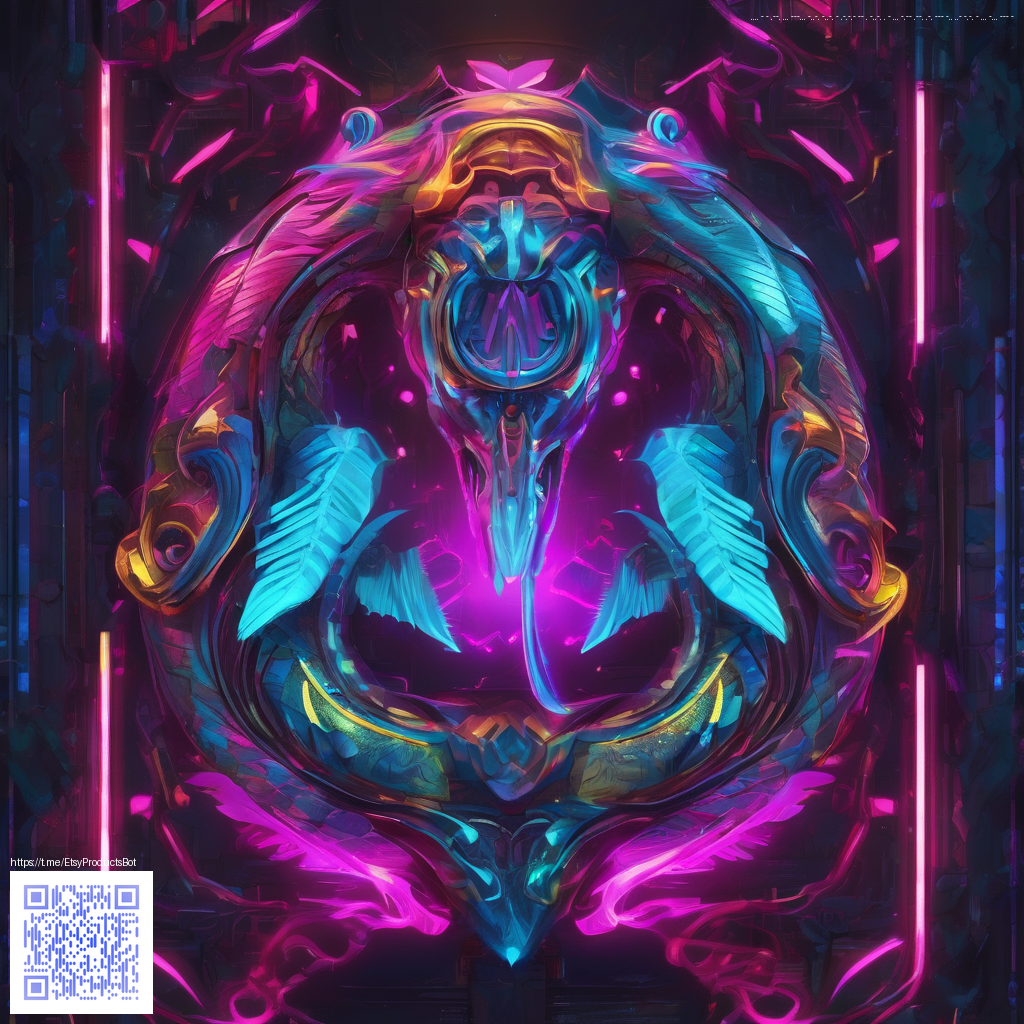
Shadows that Speak: Rendering Depth in Layered Digital Paper
Digital paper layers offer a tactile metaphor for how light interacts with materials. When you look at a stack of sheets in sequence, shadows behave differently: the top sheet casts a subtle, soft shadow on the one beneath, while interior layers produce crisp contact shadows along edges. Realistic shadow mapping aims to reproduce this multi-layer dance of light on a digital canvas, so the viewer feels the depth, not just the texture. Shadow maps and related techniques drive that sense of realism, turning flat surfaces into stories of light and space.
In practice, the challenge is less about creating one shadow and more about how many shadows combine, where they start and end, and how they fade with distance. The result should feel natural at a glance, yet rich enough to reveal micro-details when you zoom in. This is where the concept of digital paper layers shines as a design metaphor—and as a technical target for rendering pipelines. Depth cues matter as much as color or texture when the goal is convincing materiality.
Understanding How Light Interacts with Paper Layers
Each sheet in a multi-layered paper stack both blocks and scatters light. The top layer bleeds a portion of light into the layer beneath, while the edges between sheets form contact shadows — those tight, near-edge silhouettes that anchor the perception of depth. When you model this in software, you’re not just drawing shadows; you’re sculpting a hierarchy of shadows that respect occlusion, translucency, and the geometry of every sheet.
“Realism in rendering emerges when shadows are accurate at both macro and micro scales—soft blurs up close and precise edge cues at distance.”
To achieve this, you typically combine several shading components: a shadow map to captured occlusion from each layer, an ambient occlusion pass to simulate light diffusion in crevices, and a set of contact shadows that hug the contact lines between sheets. The balance between these elements is critical; too dark a shadow and the surface reads as flat, too light and the layers feel washed out.
Techniques for Realistic Shadow Mapping
- Shadow maps with multiple depths to capture inter-layer occlusion—think of a depth ramp that aligns with the stack order.
- Contact shadows anchored at the edges where sheets meet, providing the “hugging” effect along seams.
- Soft shadows via percentage-closer filtering or percentage-based blur to mimic the natural penumbra caused by light diffusion through a thin layer of material.
- Ambient occlusion that’s depth-aware, increasing realism in folds and overlapping areas without overpowering primary lighting.
- Depth-aware color bleeding to reflect how light tinted by the paper’s material influences neighboring layers.
When these elements are tuned, the viewer perceives a layered world where shadows have weight, edges feel precise, and the overall look respects the geometry of each sheet—without sacrificing performance. This approach scales from static renders to interactive, real-time previews where the user moves a light source or rearranges sheets to see how shadows shift in response.
Practical Workflow for Digital Paper Scenes
Begin with a clean base: model each sheet as a separate plane with slight thickness and assign a paper-like albedo. Arrange the layers in the order they would appear physically; a simple stack can still deliver rich depth if the lighting is tuned to emphasize the seams. Use a directional light to establish primary shadows and add fill light to soften the darkest occlusion areas.
- Enable a dedicated shadow pass for each layer, then composite them with careful alpha blending so interiors remain readable while exteriors gain depth.
- Introduce a small amount of translucency to mimic how paper transmits light, especially on inner layers when the light angle is shallow.
- Play with shadow bias and slope: too aggressive a bias will create artifacts; too little will reveal acne-like shadow acne along edges.
- Consider a depth-of-field or focus-aware blur for close-ups to simulate how a viewer’s eye focuses through layered sheets.
As you prototype, a tactile test bed can be invaluable. A physical accessory such as the Neon Desk Mouse Pad — customizable with a 3mm thick rubber base — offers a practical counterpoint to digital shadows. It helps you observe how real-world textures and lighting interact with a desk setup, guiding your virtual shadows toward greater realism. You can explore this product here: Neon Desk Mouse Pad.
For further inspiration, many techniques are showcased on the related page that inspired this discussion: https://amber-images.zero-static.xyz/0b87704b.html.